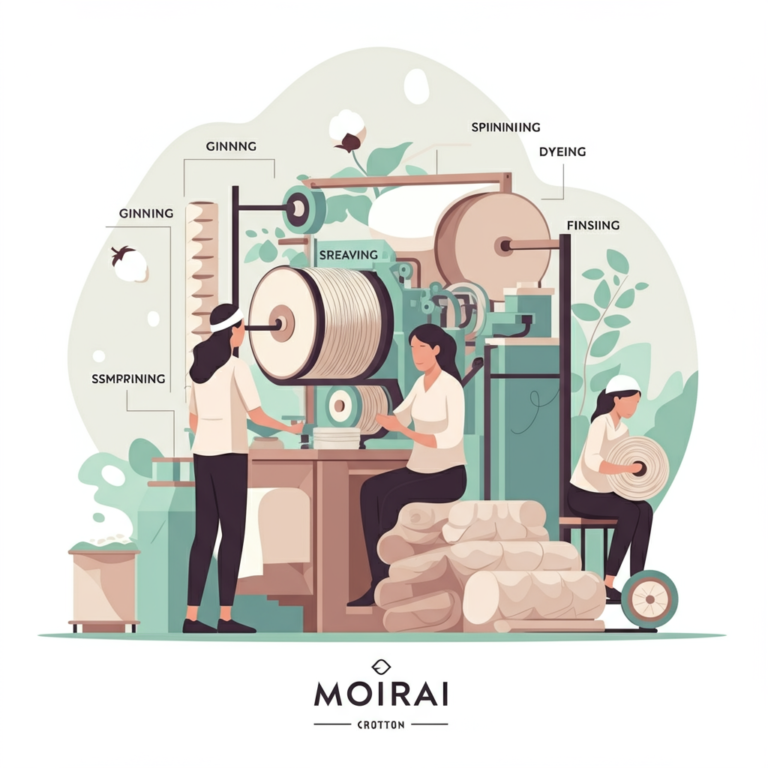Cotton Textile Industry in India Secrets
Cotton Textile Industry in India Secrets
Blog Article

This intricate composition of cellulose I and noncellulosic constituents, coupled with the distinctive ribbon-like condition and twists forming microfibrils, contributes to the overall energy and flexibility of cotton fibers.
Inspired through the minimalism of European craftsmanship and embroidered for A 3-dimensional result and additional softness.
It handles An array of chapter-wise subject areas, with the examine from the earth's area towards the distribution of means and human settlements. NCERT CBSE Course eight Geography Observe
Cotton bales on the port in Bombay, India, 1860s The English East India Company (EIC) released the British to affordable calico and chintz cloth to the restoration from the monarchy while in the 1660s. Initially imported to be a novelty side line, from its spice buying and selling posts in Asia, the cheap colourful fabric proved preferred and overtook the EIC's spice trade by benefit while in the late seventeenth century. The EIC embraced the desire, specially for calico, by growing its factories in Asia and making and importing cloth in bulk, developing competition for domestic woollen and linen textile producers. The impacted weavers, spinners, dyers, shepherds and farmers objected as well as calico issue became one of several main issues of Nationwide politics in between the 1680s as well as the 1730s. Parliament began to see a decrease in domestic textile sales, and an increase in imported textiles from locations like China and India. Looking at the East India Business as well as their textile importation to be a risk to domestic textile corporations, Parliament passed the 1700 Calico Act, blocking the importation of cotton fabric.
Mohamed Ali Pasha acknowledged the proposition and granted himself the monopoly around the sale and export of cotton in Egypt; and afterwards dictated cotton needs to be developed in choice to other crops.
Though cotton fibers arise In a natural way in colors of white, brown, pink and inexperienced, fears of contaminating the genetics of white cotton have led quite a few cotton-developing destinations to ban the escalating of coloured cotton kinds.
Conventional cotton generation requires more insecticides than every other big crop, as well as production of natural and organic cotton, which relies on nonsynthetic insecticides, continues to be escalating in lots of destinations all over the world. In addition, genetically modified “Bt cotton” was designed to create bacterial proteins which can be poisonous to herbivorous insects, ostensibly decreasing the quantity of pesticides wanted. Glyphosate-resistant cotton, which can tolerate the herbicide glyphosate, was also formulated by genetic engineering.
Explore TWOPAGES Curtains for Living Room. From curtain Strategies for front room that include magnificence to useful alternatives for light Command and privacy, our curtains are crafted to accommodate just about every style and want. Take a look at an variety of alternatives to create a cozy and inviting retreat.
In 1860 the slogan "Cotton is king" characterised the attitude of Southern leaders towards this monocrop in that Europe would help an unbiased Confederate States of The us in 1861 so as to safeguard the supply of cotton it wanted for its pretty significant textile industry.[fifty six]
The Indian authorities has think of numerous export advertising insurance policies to the textile sector. It's got also authorized 100% FDI from the sector below check here the automated route.
Truthful trade and ethical sourcing plans will also be getting traction, aiming to ensure that cotton farmers get a reasonable price tag for their create and perform beneath first rate ailments.
The ideal balance of relaxed and common by having an embroidered cross stitch sample that’s timeless and versatile.
Use our Roman Shade Measurement Finder to find out an ideal shade size to your Home windows. Think about the width and top range limits, along with the window opening depth.
Through the late medieval time period, cotton grew to become known as an imported fiber in northern Europe, with no expertise in how it was derived, aside from that it had been a plant. Simply because Herodotus had published in his Histories, Ebook III, 106, that in India trees grew during the wild generating wool, it was assumed which the plant was a tree, as opposed to a shrub. This element is retained inside the name for cotton in various Germanic languages, such as German Baumwolle, which translates as "tree wool" (Baum signifies "tree"; Wolle means "wool").